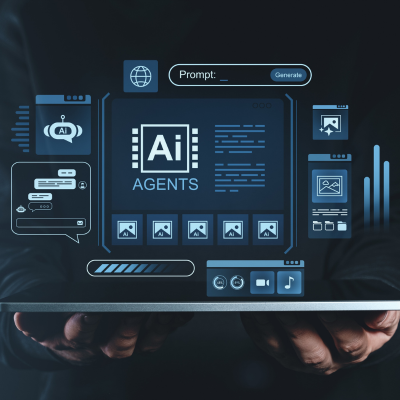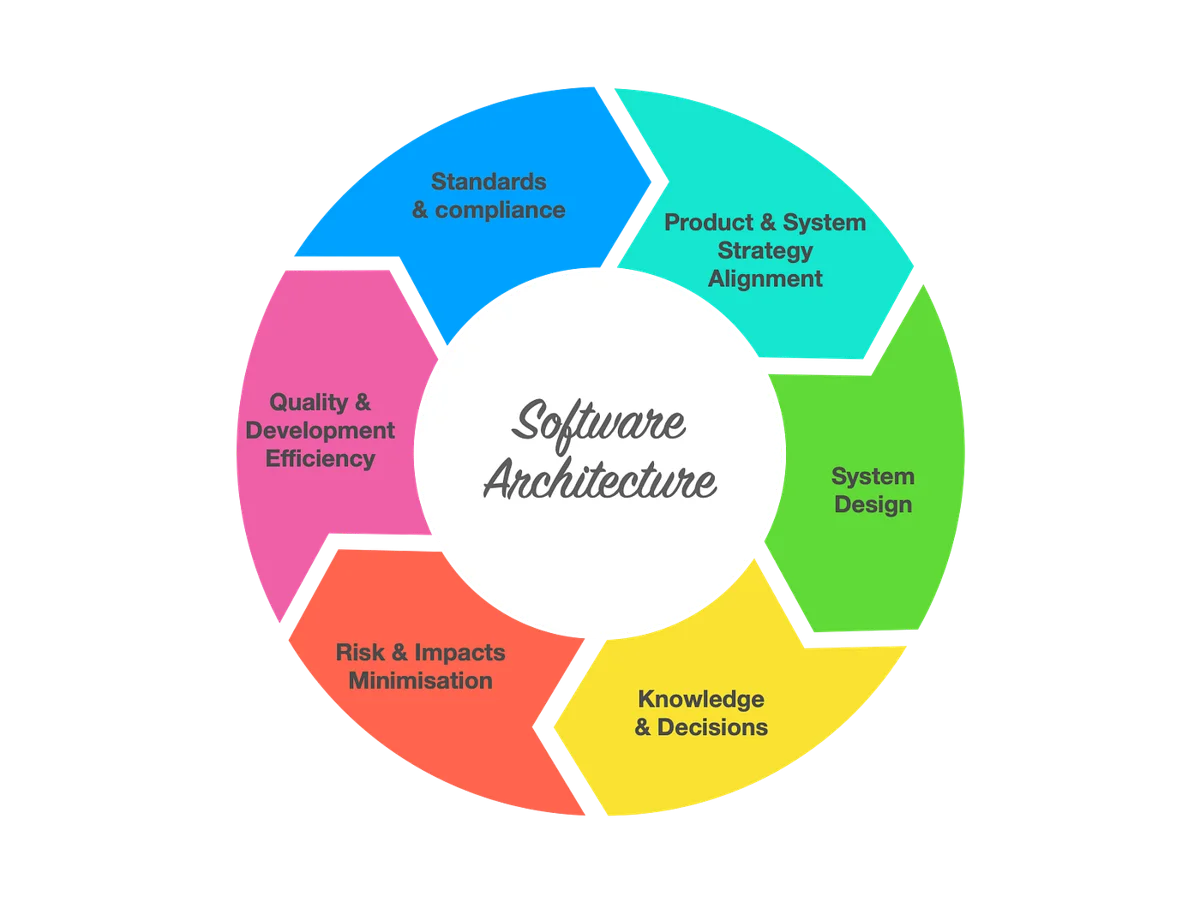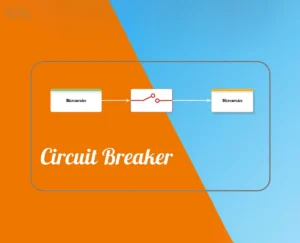Modern software development increasingly favors microservices software architecture over traditional monolithic systems due to its flexibility, scalability, and seamless alignment with cloud-native apps. As organizations seek faster innovation cycles and resilient, scalable systems, understanding the transition from monolithic vs microservices architectures is essential. This article explores the evolution, benefits, challenges, and effective strategies for transforming legacy monoliths into distributed, scalable microservices architectures. It also highlights key tooling like Kubernetes, containerization, and CI/CD pipelines that enable continuous software modernization.
The Netflix Transformation: A Real-World Microservices Journey
Before diving into technical concepts, consider Netflix’s pioneering transition from a monolithic DVD rental system to a microservices-based streaming platform. Facing massive scaling challenges and global demand, Netflix incrementally decomposed its tightly coupled monolith into over a thousand independently deployable services. This shift improved deployment velocity, fault isolation, and scalability under heavy load. Netflix built sophisticated CI/CD pipelines, containerized workloads, and adopted orchestration systems to manage their distributed architecture, exemplifying successful modernization in action.
Background: Understanding Monolithic and Microservices Architectures
What Is Monolithic Architecture?
A monolithic software architecture bundles all components—user interface, business logic, and database access—into a single, tightly coupled deployment unit. While simple to develop initially, monoliths become rigid and difficult to scale or maintain as applications grow. Deployment cycles slow down because any change requires rebuilding and redeploying the entire system, and faults in one module can bring down the whole application.
Why Microservices?
In contrast, microservices software architecture decomposes applications into small, independently deployable services, each focused on specific business capabilities. This distributed model enables:
- Independent development, testing, and deployment
- Service-level scalability and fault isolation
- Technology heterogeneity, allowing different teams to choose the best tools and languages per service
- Better alignment with cloud-native apps leveraging container orchestration platforms like Kubernetes and automated CI/CD pipelines to accelerate delivery and operational resilience
Decomposition Patterns and Migration Strategies
Modernizing a monolith begins with assessing its architecture using observability and profiling tools to identify service boundaries and coupling. Popular strategies include:
- Strangler Pattern: Incrementally replacing parts of the monolith with microservices, allowing a gradual and low-risk transformation
- Domain-Driven Design (DDD): Defining bounded contexts that map to microservice boundaries based on business domains
- Service Decomposition: Splitting by business capability, subdomain, or transaction boundaries to ensure services are cohesive and loosely coupled
An example: Starting with a non-critical feature, the strangler pattern extracts it as a microservice, routing calls away from the monolith gradually until the legacy code can be retired.
Essential Tools and Platforms for Modern Microservices Software Architecture
- Containerization (Docker): Packages microservices with all dependencies for consistent deployment
- Kubernetes: Orchestrates container deployment, scaling, and self-healing across clusters
- API Gateways: Centralize service communication, routing, and security policies
- CI/CD Pipelines: Automate build, test, and deployment cycles to enable rapid iteration and continuous delivery
- Serverless Cloud Services (AWS Lambda, Azure Functions): Support event-driven microservices with minimal infrastructure management
- Service Mesh (Istio, Linkerd): Provides secure, observable, and reliable service-to-service communication
Challenges and Solutions in Microservices Modernization
Microservices introduce complexity in:
- Designing and testing distributed systems
- Managing data consistency and transactions across services (e.g., using saga patterns, eventual consistency)
- Monitoring, logging, and troubleshooting across multiple services
Incremental migration with atomic evolutionary steps reduces risk and improves architecture continuously. Avoid lift-and-shift cloud migrations without refactoring, as they often cause poor performance and fail to leverage cloud-native apps benefits.
Advanced Tactics for Success
- Incremental Refactoring: Begin with less critical components to build team experience
- Decentralized Data Management: Implement polyglot persistence with independent databases per microservice to avoid tight coupling
- Event-Driven Architecture: Use asynchronous messaging and event sourcing to decouple services and enhance scalability
- Automated Testing and Observability: Employ distributed tracing (e.g., OpenTelemetry), centralized logging, and monitoring to manage complexity
- Security by Design: Enforce secure service-to-service communication with mTLS, API gateway policies, and OAuth2 authentication
Measuring Success: Analytics and Insights
Track key performance indicators such as:
- Deployment frequency and lead time
- Service uptime and error rates
- Resource utilization and cost efficiency
- Developer productivity and cycle times
These metrics guide continuous improvement in microservices software architecture and operational excellence.
Specialized Training for Modern Software Engineers
For software architects and engineers aiming to master microservices software architecture and software modernization, enrolling in a comprehensive course is a critical step. Based in Mumbai with national online availability, Amquest Education offers a unique Software Engineering, Agentic AI and Generative AI course that blends modern architecture principles with AI integration. Highlights include:
- AI-powered learning modules combining theory with practical projects
- Faculty with deep industry experience in microservices, cloud-native apps, and AI technologies
- Strong internship and placement partnerships with leading technology firms
- Curriculum covering containerization, Kubernetes, CI/CD pipelines, and AI-driven innovation
- Real-world case studies and hands-on projects preparing learners for scalable system design and modernization challenges
This focused training equips engineers with the skills necessary to lead modernization initiatives and innovate in evolving software ecosystems.
Actionable Tips for Software Architects and Engineers
- Conduct a thorough assessment of your monolith using observability and profiling tools
- Define clear service boundaries using domain-driven design
- Apply the strangler pattern for incremental migration
- Invest early in containerization and Kubernetes to manage deployment complexity
- Automate testing, deployment, and monitoring to maintain system health
- Engage cross-functional teams to align architecture with business goals
- Prioritize robust security and data management strategies for distributed systems
- Leverage cloud-native services to optimize costs and scalability
FAQs
Q1: What are the main differences between monolithic vs microservices architectures?
Monolithic architecture bundles all components into a single deployable unit, while microservices architecture decomposes applications into independent, loosely coupled services focused on specific business capabilities, enabling scalability and faster deployments.
Q2: How does microservices software architecture support cloud-native apps?
Microservices enable independent deployment and scaling of services, aligning with cloud-native principles such as containerization, orchestration with Kubernetes, and automated CI/CD pipelines for rapid delivery and resilience.
Q3: What are common challenges when migrating from monolith to microservices?
Challenges include managing distributed data consistency, increased system complexity, testing, monitoring, and ensuring secure service communication. Incremental migration and robust observability are key to overcoming these.
Q4: What tools are essential for modern microservices software architecture?
Key tools include Docker for containerization, Kubernetes for orchestration, API gateways for routing and security, CI/CD pipelines for automation, service mesh for communication management, and cloud-native serverless services for scalability.
Q5: Why is incremental migration preferred over lift-and-shift approaches?
Lift-and-shift moves monoliths to the cloud without refactoring, often resulting in poor performance and missed cloud benefits. Incremental migration refactors architecture gradually, reducing risk and enabling better scalability and agility.
Q6: How does Amquest Education’s course prepare engineers for microservices modernization?
Amquest’s course combines foundational software engineering with AI-led modules, hands-on learning, industry-experienced faculty, and strong internship placements in Mumbai and online, equipping learners with practical skills in microservices, containerization, Kubernetes, and generative AI integration.










